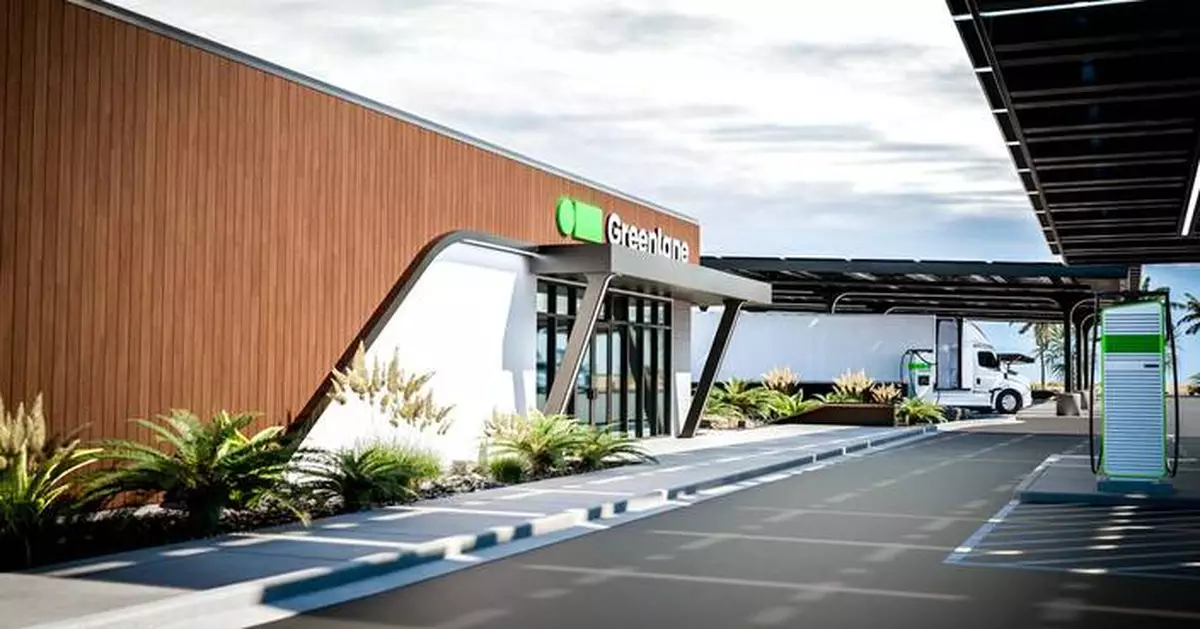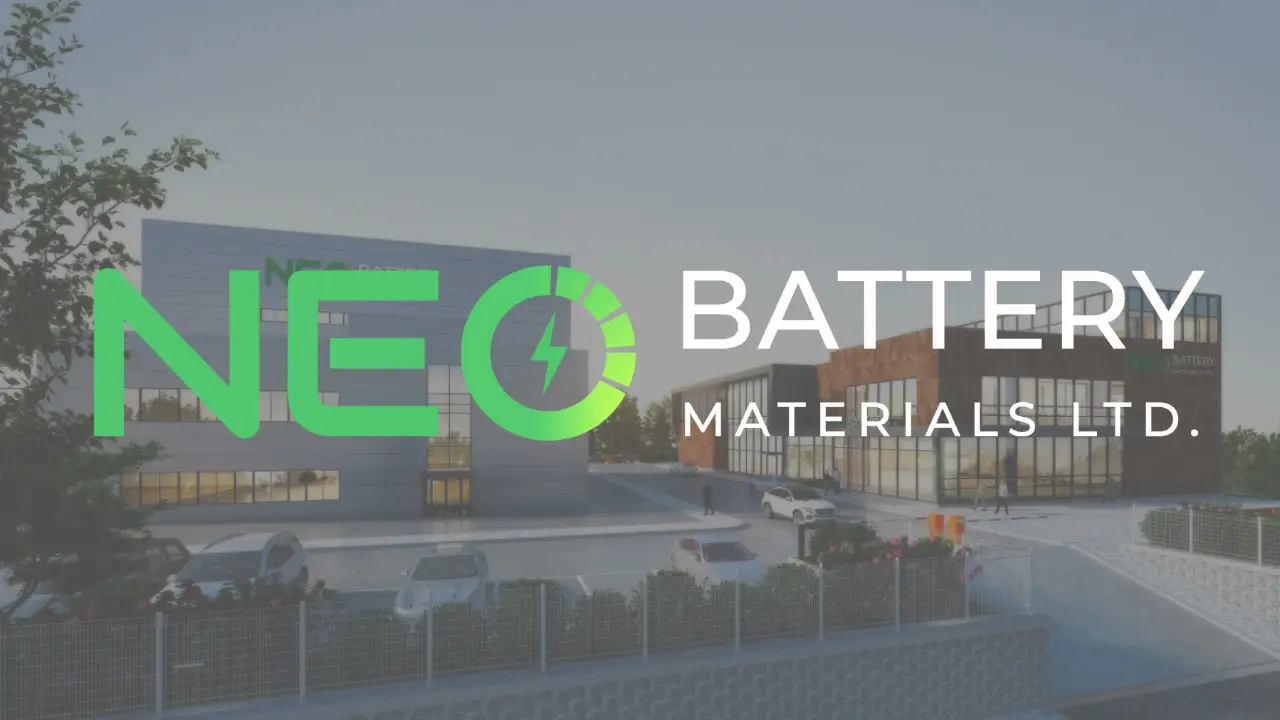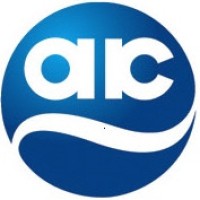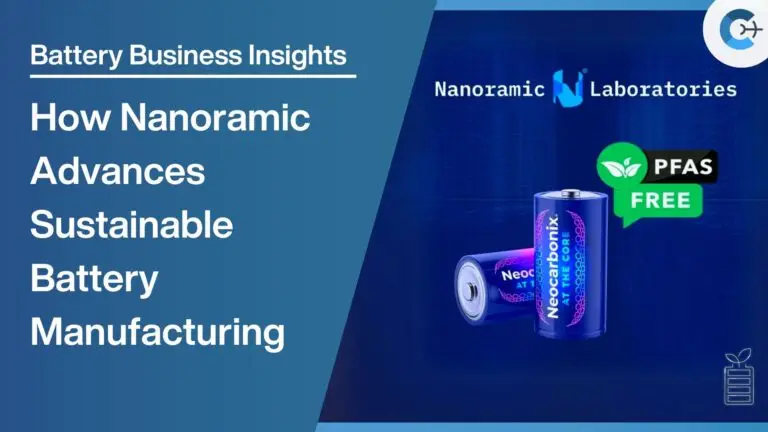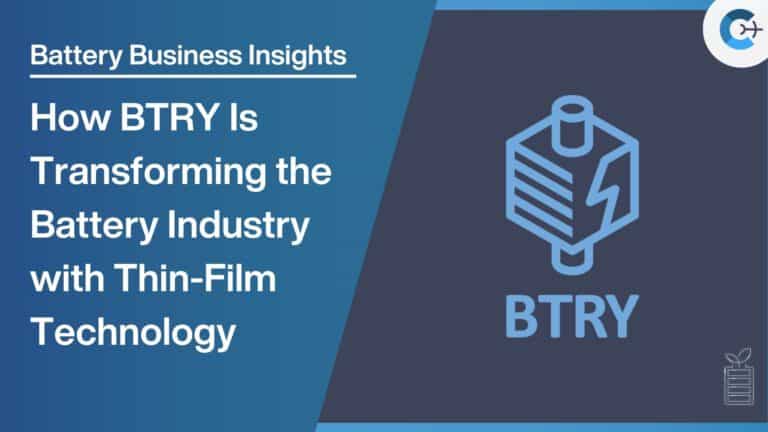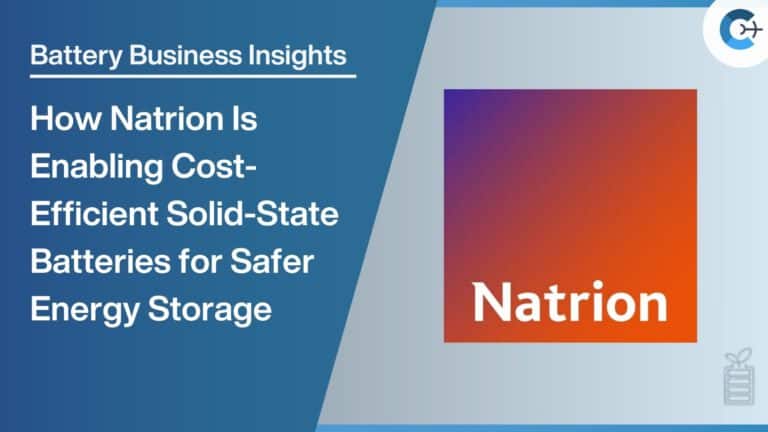Research published in the Journal of The Electrochemical Society and co-authored by Tesla battery researcher Jeff Dahn shows that repeated charging cycles at higher states of charge can negatively affect lithium iron phosphate (LFP) battery cells over time. The study sheds light on the mechanisms of capacity loss in LFP cells.
According to the research, higher states of charge in LFP cells result in increased voltage, comparable to nickel-manganese-cobalt (NMC) cells. This, combined with high temperatures during processes such as fast charging, can initiate electrolyte reactions that produce deleterious compounds. These compounds are then deposited on the anode during charging, reducing the surface area available for electrochemical reactions and reducing the usable capacity of the cell.
The researchers identified a correlation between the average state of charge (SOC) during operation and the rate of capacity degradation. Lower average SOC was found to correlate with longer battery life, with cycling between 75-100% SOC found to be particularly detrimental to LFP/graphite cells.
However, the study does not advocate significant changes to current charging practices. The authors recognize the balance between maximizing usable capacity and maintaining long-term capacity retention, and note that restricting LFP cells to 0-25% SOC cycling would be impractical and inefficient.
These findings appear to differ from some manufacturers’ recommendations for LFP batteries. Certain automakers, including Tesla and Ford, currently recommend periodic 100% charges for LFP-equipped vehicles to calibrate the battery management system (BMS) to account for the characteristically flatter voltage curve of LFP cells.
The study’s conclusions may inform future revisions to charging guidelines as the understanding of LFP battery chemistry behavior continues to evolve.


